#CelestialIceFormations
Explore tagged Tumblr posts
Photo
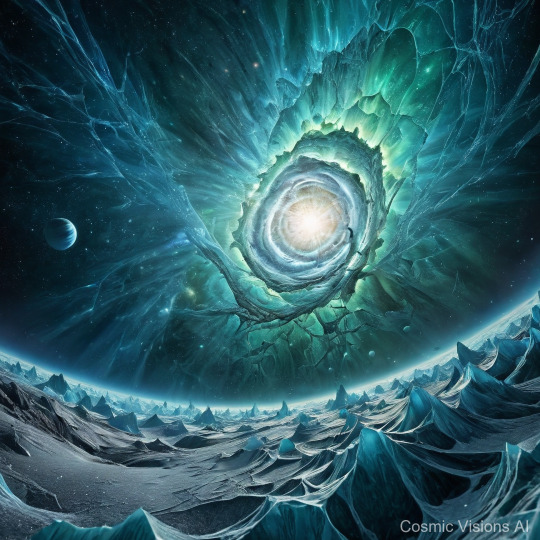
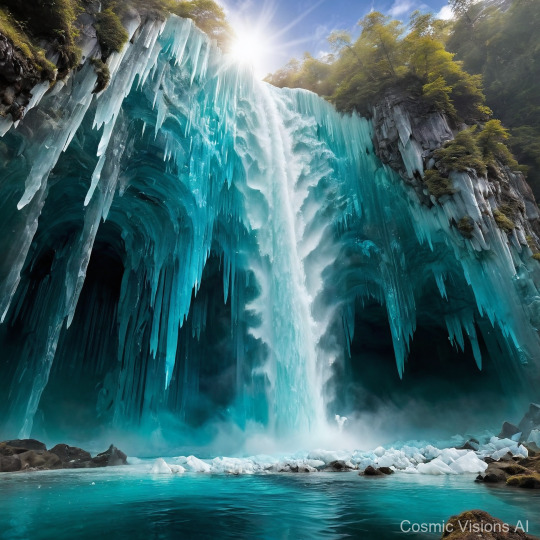
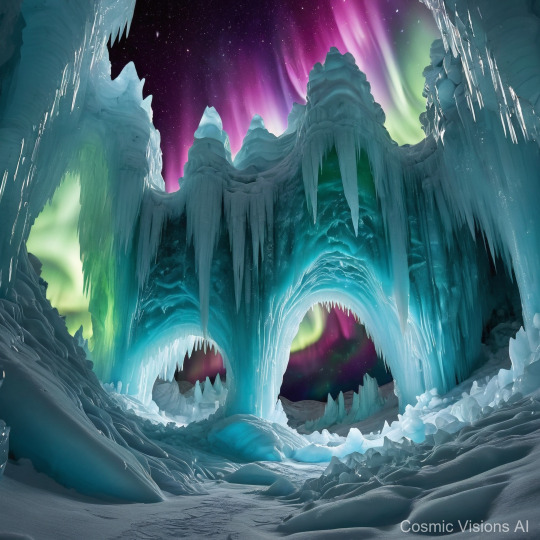
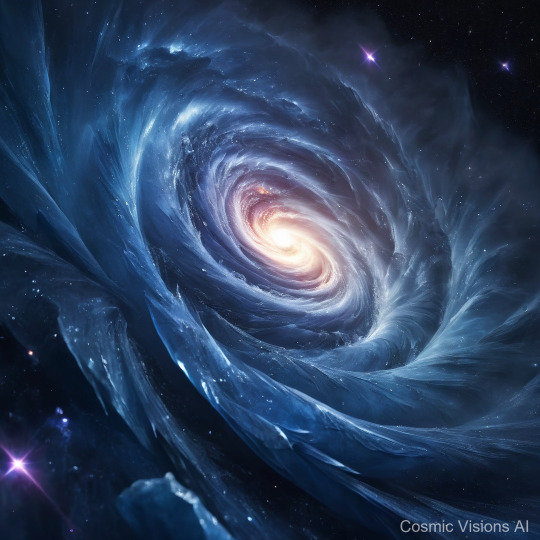
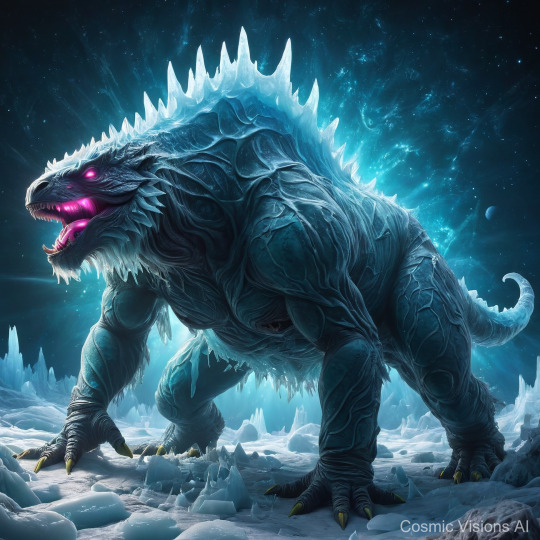
Named Glacius IX, the planet gleams like a sapphire from space, its atmosphere a translucent veil of crystallized gases. Approximately the size of Neptune, Glacius IX is distinguished by its bright, icy blue color which subtly shifts to deeper shades—a reflection of the extensive glacial and reflective crystalline ice caverns that dominate its surface. The surface of Glacius IX is a labyrinth of immense crystal ice caverns which project prismatic light displays, offering a visually spectacular maze of interconnected chambers. These caverns, while enchanting, flourish under brutally low temperatures that often plummet to -180°C, preserving the ice in pristine condition, and creating an environment rife with delicate ice structures and frozen gas pillars. The unique phenomenon of 'crystal weather,' wherein light is reflected and refracted by airborne ice particles, produces almost otherworldly skies that promise an endless variety of twilight hues.
#CrystalIceCaverns#DeepSpaceExploration#GalacticWonders#FrozenBeauty#InterstellarAdventures#CelestialIceFormations#AstronomyPhotography#SpaceDiscoveries#CosmicWonders#IceWorlds
3 notes
·
View notes
Photo
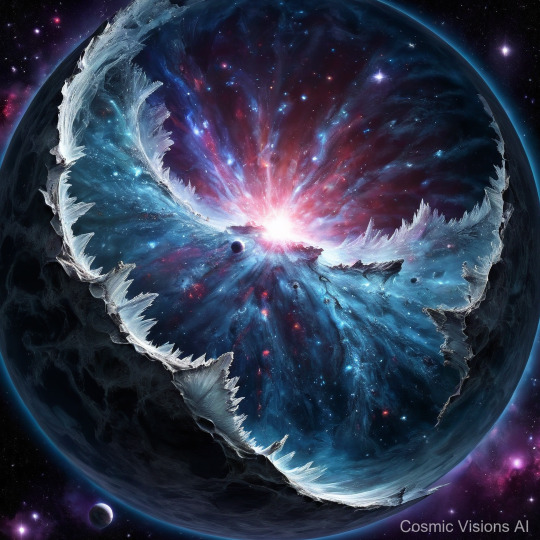
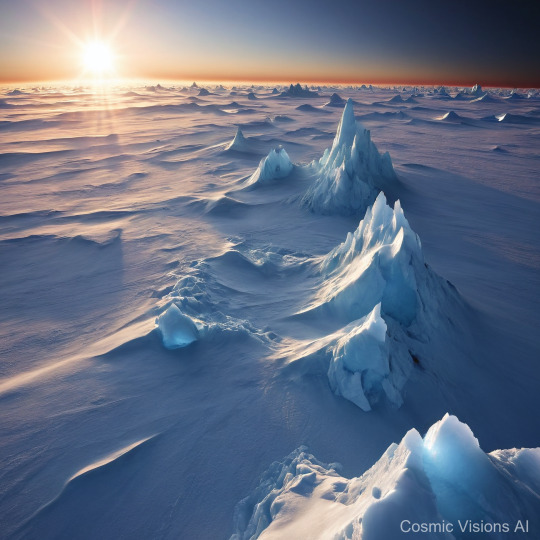
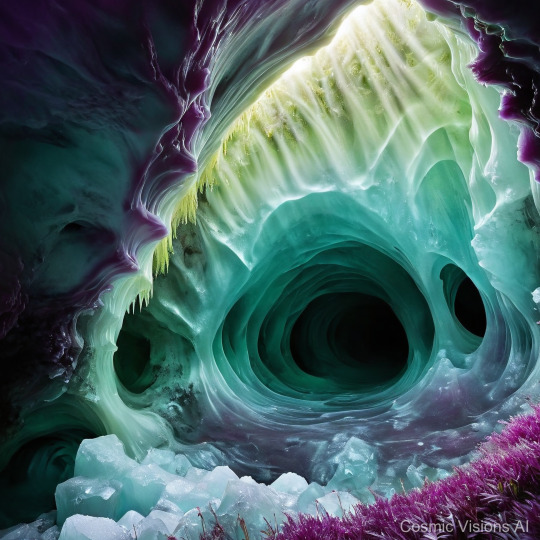
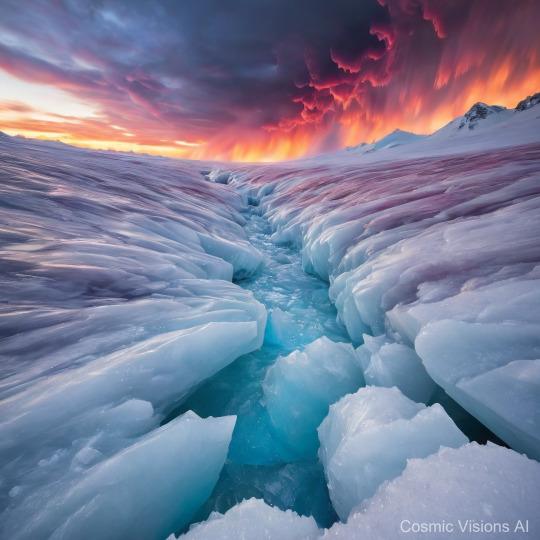
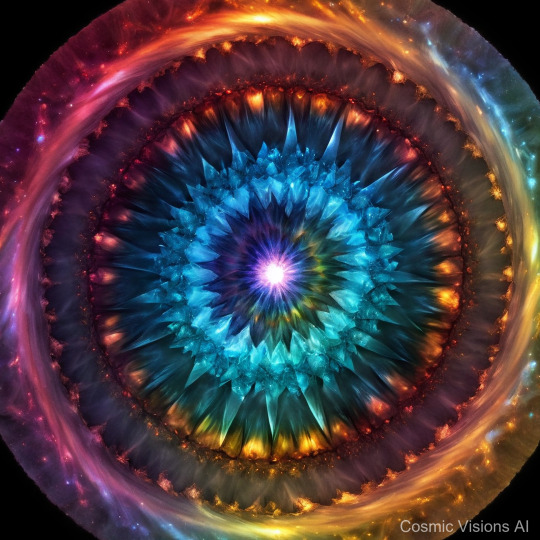
Planet Glacius Exterus, when viewed from orbit, reveals a mesmerizing vista with radiant bluish hues and widespread, shimmering white caps reminiscent of frost. This celestial body, slightly smaller than Earth, boasts an atmosphere tinged with light azure gases swirling amidst the constant chill of its environment. The surface of Glacius Exterus is dominated by expansive crystal ice peaks that rise sharply from the icy plains, their jagged contours sculpted by relentless subzero winds. These peaks, some reaching kilometers in height, glisten under the dim light of a distant sun, casting long, haunting shadows that creep across the frosted landscape. Temperatures perpetually hover far below freezing, creating an ever-present mist that softly blankets the ground, adding to the planet’s eerie, untouched splendor. Embedded within this icy terrain are pools of profoundly cold liquid, their surfaces occasionally disturbed by the slow dance of thin ice sheets. The raw beauty of Glacius Exterus remains pristine and formidable in the vastness of space.
#CrystalIcePeaks#SpaceCrystals#IceMountainStars#GalacticGlaciers#CelestialIceFormations#DeepSpacePhotography#FrozenWorlds#AstroIcicles#NebulaicPeaks#SpaceGems
0 notes
Photo
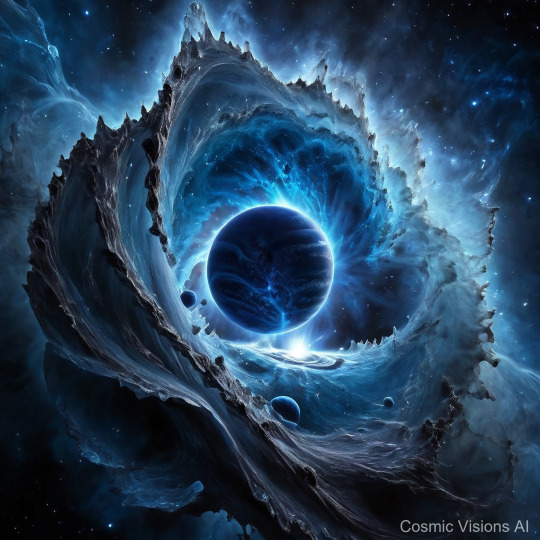
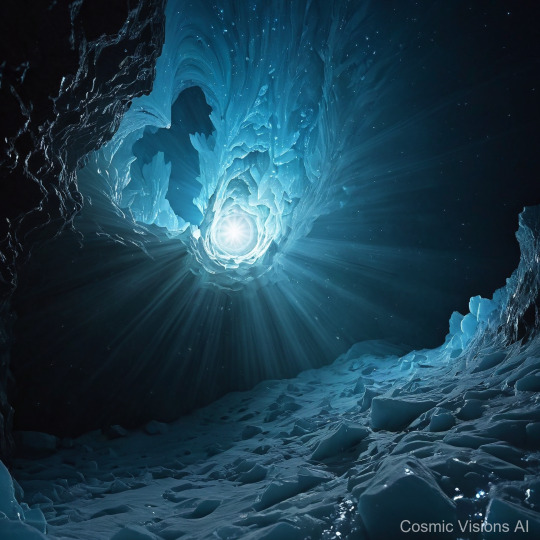
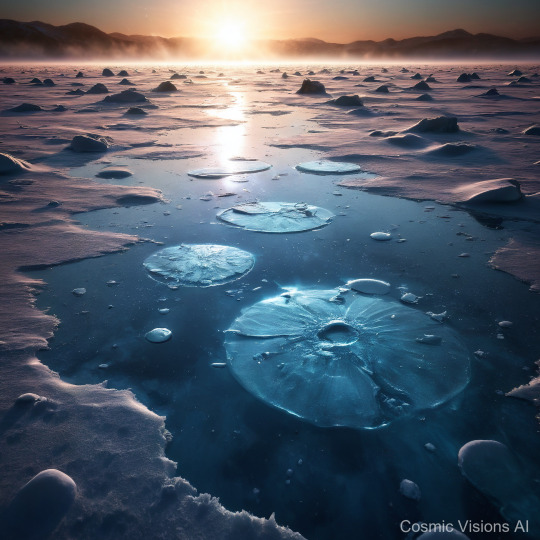
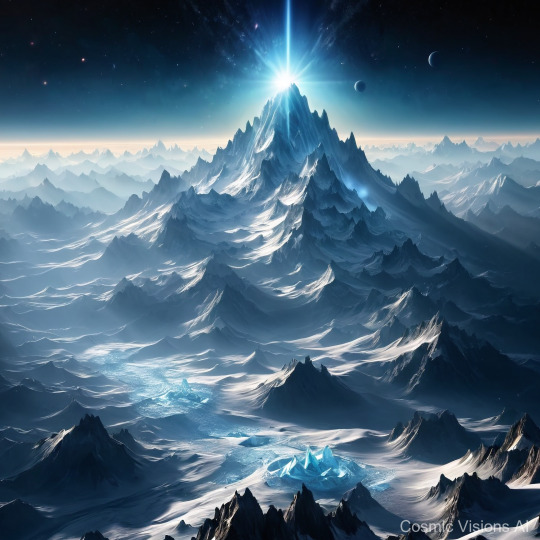
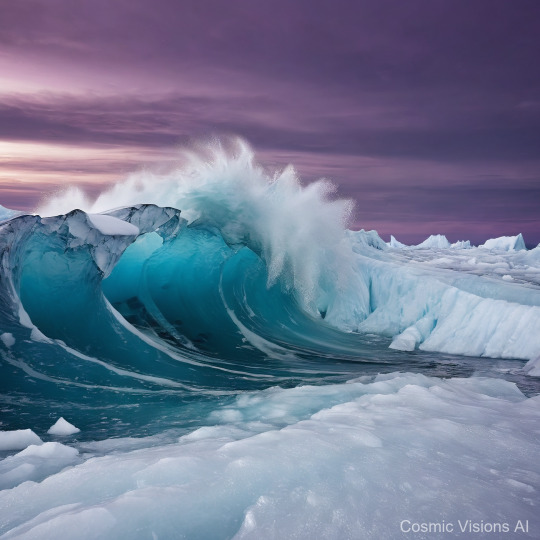
Planet Glacialis is a striking world, evident even from space, with its deep blue hue punctured by silvery-white streaks that delineate its expansive ice surfaces. The atmosphere, thin and composed primarily of nitrogen and methane, casts a pale azure glow across its arctic expanse. Surface exploration reveals vast caverns of crystal-like ice, forming natural labyrinths beneath the crust. These caverns, illuminated by refracted light, exhibit a spectrum of blues and purples, creating an ethereal glow that contrasts starkly with the harsh, frigid conditions outside, where temperatures plummet to minus 170 degrees Celsius. Remarkably, these ice structures have been shaped not by liquid water but by the slow sublimation of ice directly into vapor—a process accelerated during the infrequent but fierce methane storms that sweep across the planet's surface, further sculpting its icy terrain into breathtaking, delicate formations.
#CrystalIceCaverns#GalacticGrotto#FrozenWonderland#SpaceExploration#AstroPhotography#ExtraterrestrialBeauty#IceCrystalGalaxy#DeepSpaceAdventures#CelestialIceFormations#NebulaicIceCaves
0 notes